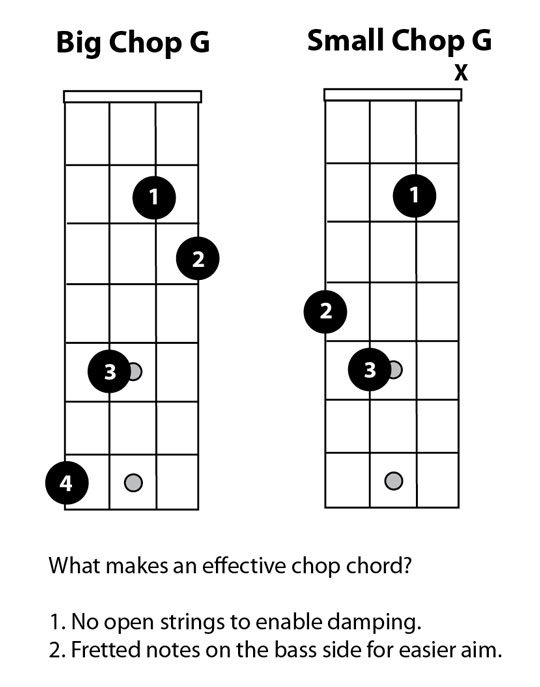emarcano
Well-known member
Hi everybody,
I did a quick search in the forums but didn't quite find what I want.
I'd like to experiment with fifth tuning for a tenor and/or baritone uke. I know Aquila makes this kind of strings for both soprano and concert, but I'd like to get something more like a viola kind of sound.
Are there any already made string sets for fifth tuning in tenor or baritone? or do you know a string combination that could work.
Thanks
Eugenio
I did a quick search in the forums but didn't quite find what I want.
I'd like to experiment with fifth tuning for a tenor and/or baritone uke. I know Aquila makes this kind of strings for both soprano and concert, but I'd like to get something more like a viola kind of sound.
Are there any already made string sets for fifth tuning in tenor or baritone? or do you know a string combination that could work.
Thanks
Eugenio




